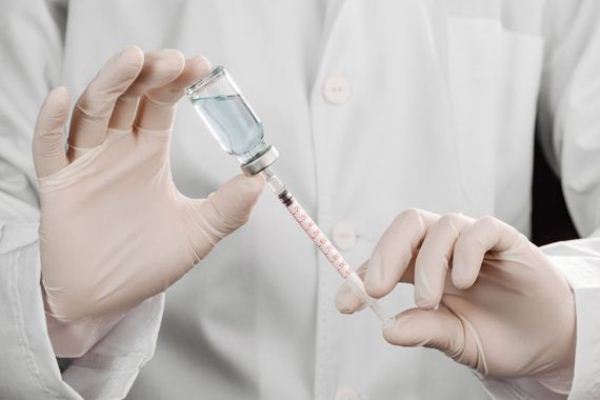
As countries undertake the largest vaccination campaign in history, the World Bank has worked with governments, WHO, UNICEF, the Global Fund and GAVI on assessing countries’ readiness to safely deploy COVID-19 vaccines in 128 low- and middle-income countries. The results indicate that income level and other economic indicators correlate weakly with vaccine preparedness. The report focuses on ten key indicators, including cold chain & logistics, population prioritization, budgeting, training of healthcare personnel, and safety surveillance, among others.
Initial findings show that 85% of countries that participated in the assessments have developed national vaccination plans and 68% have safety measures in place, including systems for reporting adverse reactions. However, only 30% have developed plans to train the large number of vaccinators who will be needed and only 27% have created social mobilization and public engagement strategies to encourage people to get vaccinated. Given worrying vaccine hesitancy, strategies to generate confidence, acceptance and demand for vaccines are urgently needed. Countries affected by conflict and fragility (37 out of 128) scored lower than other countries on almost all indicators.
“Many developing countries are in the midst of preparing aggressive COVID19 vaccine delivery plans,” said Mamta Murthi, Vice President for Human Development at the World Bank. “While most countries are well enough prepared to begin inoculating their populations, there are still important gaps that must urgently be addressed for wide, large scale vaccination rollouts to succeed.”
The World Bank is providing $12 billion for developing countries to purchase and distribute COVID-19 vaccines, tests, and treatments and strengthen health and vaccination systems to ensure that vaccines get to those who need them. Our vaccination programs will reach over 40 countries in the near-term, amounting to $3 billion out of the $12 billion available. The readiness assessments will inform our projects and help governments and healthcare professionals better understand and manage the complex task of vaccinating large adult populations in a very short timeframe.
The assessments also show that:
• Although countries have gaps in readiness, most have prepared well enough across most essential areas to begin their immunization drives as soon as they receive vaccines.
• Existence of well-functioning child immunization national delivery systems is not a strong predictor of country readiness to deliver vaccines for adults, such as COVID-19 vaccines.
• A weak correlation between GDP and readiness indicates that countries with more developed economies are not necessarily better prepared for massive vaccination programs.
• The COVID-19 vaccine rollout is an opportunity to create a sustainable, environmentally friendly cold chain that could be of use well beyond the current crisis.
Fair, broad, and fast access to effective and safe COVID-19 vaccines, especially in poor countries, is vital to save lives and strengthen global economic recovery. Only once the pandemic is contained in all countries will each country be safe from a resurgence and able to focus all efforts on overcoming the deepest global recession in eight decades. (End)
